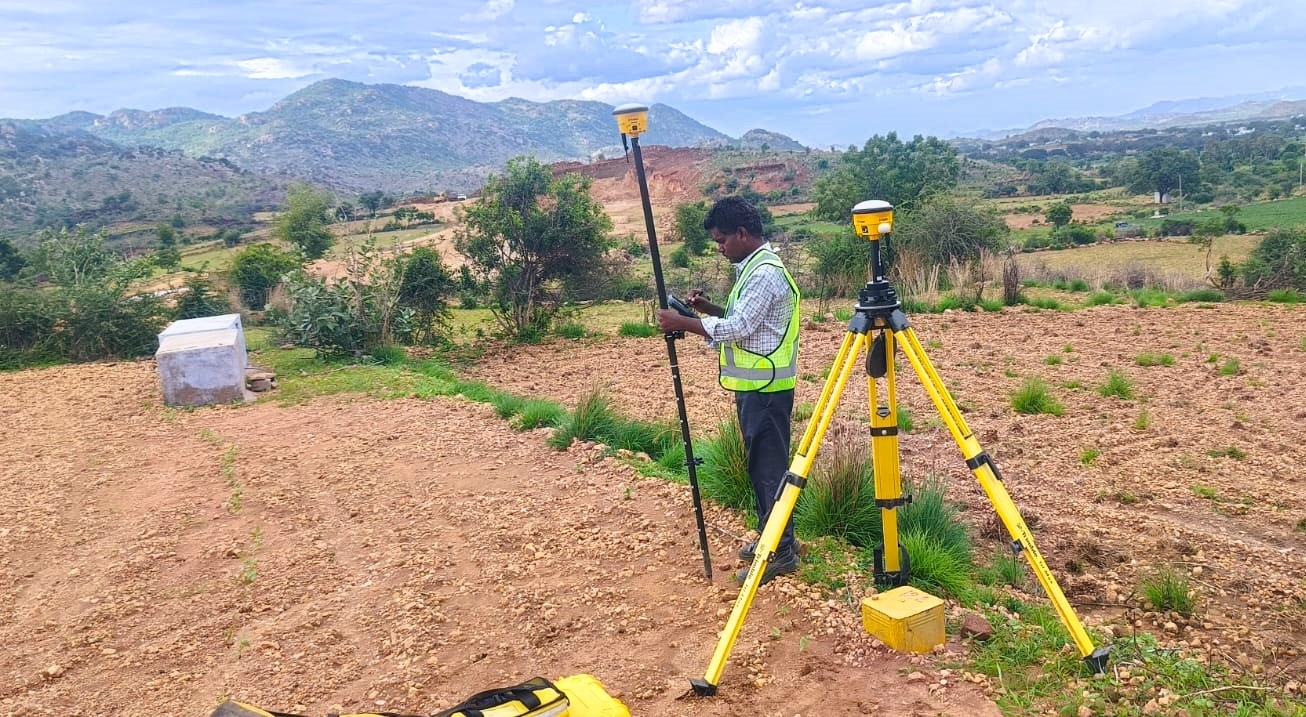Approaching the Automation Utopia in Infra-construction
Total Views |
We have witnessed incredible strides in the development and advancement of the infra-construction sector, especially more so in the past decade. Records are being made and surpassed as larger, faster, taller, smarter, environmentally ambient construction infrastructure is being birthed. It is the automation alongside the global need- not demand, for newer, updated infrastructure at economic costs, that is emerging to be a contributing and deciding factor shaping the direction of this industry.
The need is the mother of invention.
If this is so, why do so many unwanted things get invented? That is a query to contemplate.
Well, if one technique applies to a particular requirement effectively, it may not necessarily prove its worth to another application! It is a no-brainer to now acknowledge, that automation brings in increased precision and drastically reduces time on repetitive tasks. When excavators began demonstrating their massive capacities to excavate and relocate rubble, on challenging terrains or depths, that was perceived as a huge advancement as against manual effort of labor with their pans and sapping energies in harsh infra-construction environments. And this was just the beginning…
Today, data from automated inspections helps project managers to convert it into information, and that in turn helps decision-makers take timely and corrective action based on the knowledge it offers. This, in turn, makes bandwidth available to Promoters to focus on more strategic initiatives and provide faster project completion, saving over investment in surplus resources. Currently, infra-construction automation is a process offering indispensable functionalities of advanced technologies like high-resolution cameras linked with data analysis software, sensors (temperature, humidity, etc.), GPS (for monitoring fuel theft or geo-tagging), wireless communication, AI, and even robotics (confined space working, tunneling), to automate or assist the operation and control of the infra-construction equipment and activity, either remotely or autonomously. Automation has truly become a game-changer, enhancing not just efficiency and safety, but also reducing waste and increasing sustainability in the infra-construction process.

SURVEY WITH DGPS AT RPIPL SITE
For the humans, by the humans
One of the biggest arguments against automation is that it is going to steal jobs from construction workers, but in fact, automation, cannot a replacement for the human workforce because it is the human element is that designs and drives it.
Where and what to watch for?
• Autonomous and self-navigating machines are seen employed to transport materials or to haul heavy items, enhancing the quantum of work delivered and with little risk to the workforce. These machines fitted with robotic technology and sensors, that take real-time readings of location, temperature, pressure, and other conditions, are enabling cranes and forklifts, diggers, and other similar equipment to operate without a driver in the cabin. By pre-defining the function, providing GPS coordinates, and programming the movement of the machine itself, operators can remotely operate machinery with safety, confidence, precision, and efficiency.
• The Drones are programmed to automatically scan the working area after which signals can be sent back to a centralized control system. The use of drones for the conduction of pre-project inspections has become an SOP already, the NHAI as well as state authorities are insisting on Drone surveys and reporting in their online formats to periodically monitor the progress of projects.
• Automation has also found its way to asphalt mixing in Hot Mix plants for road paving. Control systems and robotics are being used to mix concrete, or the required proportion of ingredients according to approved design-mix formulae to ensure the optimal quality of work. Automation prepares precast and ready-mixed concrete products that take a much shorter time to install. It also directs to pour and level concrete in the right portions, avoiding obstacles near the work zone, reduces material consumption, and eliminates human error.
• Demolition robots are being used to bring down walls and to safely dismantle concrete slabs, resulting in lower operational costs and a safer working environment for the on-site workforce.
• Virtual reality systems simulate a realistic environment using programmed 3D scans that are highly accurate and not prone to human error. Equipping the execution team to plan for an entire project even before a single step is taken, and a technician can virtually crawl through pipes in the building to determine if they have enough room for repair and maintenance.
_202408131053165374_H@@IGHT_946_W@@IDTH_1495.png)
SENSOR PAVER USED IN GUINNESS WORLD RECORD
How far to the Utopia?
In the long run, automation will replace jobs that are mundane, risk-oriented, highly repetitive, and require little skill. The future of infra-construction is certainly not one where robots and drones replace people. Instead, the future of automated construction is a workplace where technology works alongside humans to ensure job sites are safer, the work more efficient, and the project results more profitable.
_202408131054014474_H@@IGHT_1200_W@@IDTH_1800.jpg)
PAVER AUTOMATION SETTINGS
In the Indian scenario, it is highly unlikely that the entire operation will go fully automatic, however, it presents a perfect opportunity to begin reshaping the future of the infra-construction sector, before automation becomes a mandatory tool to keep up with an already ultra-competitive industry. That way we can collaboratively engineer, specify, integrate, install, and control systems for a broad range of applications. from concept to completion. That is the roadmap to the Utopia we seek.
This article has been published in the INBAC Association BTB Magazine July 2024 issue.

